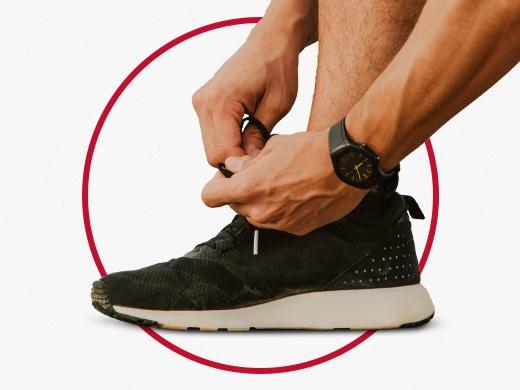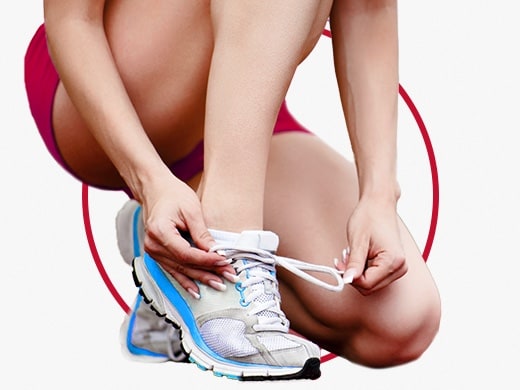What is Athlete’s Foot?
You don’t have to be an athlete to catch it! Athlete’s foot, also called tinea pedis, is a highly contagious fungal infection that affects the skin on your feet but can spread to your toenails and even hands.
It’s easily caught through direct contact with an infected person, sharing bedlinens, touching towels or clothing infected with the fungus or walking barefoot in common areas, like gyms, swimming pools, communal showers and changing rooms. You are more likely to get it if the skin on your feet is damaged or if you have wet or sweaty feet. The fungus thrives in warm, moist conditions, so you should avoid wearing damp socks and shoes. That’s why it’s most commonly found in athletes!
Athlete’s foot often occurs between your toes, but it can also affect the soles and sides of your feet. Athlete’s foot usually starts on one or both of your feet, but you can unwittingly spread it to your hands or other areas of your body simply by scratching or picking at the infected parts of your feet.
Athlete’s foot symptoms
When to see a doctor
If you find that you can’t get rid of the infection with over the counter medications, ask your doctor for a prescription. You might need other topical or oral antifungal medications. You should also see a doctor if:
-
You are pregnant or elderly. Antifungal medications might not be suitable for you so the doctor can recommend an alternative therapy.
-
You are in a lot of discomfort.
-
Your foot is red, hot and painful. This might be a more serious infection than athlete’s foot.
-
You have diabetes. Foot problems for people with diabetes can be more serious. Athlete’s foot can lead to other bacterial infections.
-
Your immune system is weakened.

Athlete’s foot prevention



